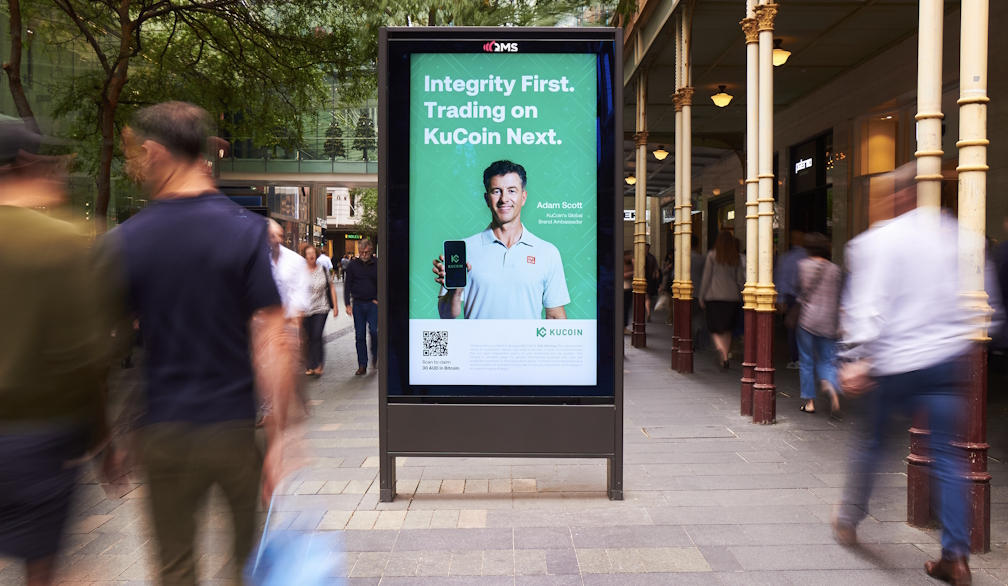Whakaari/White Island court case will change the level of accepted risk in NZ's tourism industry
- Written by Freya Higgins-Desbiolles, Adjunct Senior Lecturer in Tourism Management/ Adjunct Associate Professor, University of South Australia
An Auckland court has found Whakaari Management Limited (WML) guilty[1] of breaching workplace safety laws relating to the Whakaari/White Island eruption in 2019. This decision could have implications for anyone involved in adventure tourism in New Zealand.
When Whakaari erupted on December 9 2019[2] there were 47 people on the island. The eruption killed 22 of them and injured 25, some severely. The island was at alert level VAL 2 (moderate to heightened volcanic unrest) when it erupted.
As owner of the island, WML was charged with failing to adequately minimise the risks to tourists.
The court’s guilty verdict will likely result in significant changes to the NZ$26.5 billion tourism industry. So how did we get here and what is likely to change?
New Zealand’s most active volcano
The Buttle family has owned Whakaari since 1936. Brothers Peter, James and Andrew Buttle inherited the island in 2012[3] and own it through a family trust. The trust leased Whakaari to WML (with the Buttles as the company’s directors).
WML had licensing agreements with tour companies to run commercial walking tours.
Read more: Why were tourists allowed on White Island?[4]
Of the 47 people on the island when it erupted, 38 were part of a tour organised through the Royal Caribbean cruise ship Ovation of the Seas. Questions quickly arose about how aware tourists[5] were of the risks and who might be held responsible.
WorkSafe New Zealand originally charged 13 parties under the Health and Safety at Work Act[6]. Six eventually pleaded guilty[7] to the charges and six, including the three Buttle brothers[8], had their cases dismissed.
The case against WML
WML was charged with breaching two sections of the act. The company was found guilty of one charge while the other was dismissed.
A key question in the court case[9] was what responsibility WML bore when it licensed others to run the tour operations on the island.
WML argued it was only a landowner and not responsible for tourists’ safety. The company also claimed it had no physical presence on Whakaari or involvement in day-to-day tourism operations.
However, Judge Evangelos Thomas did not accept WML’s “passive owner” argument. The judge pointed to several factors as evidence, including:
- its business was to generate income through the enabling of commercial walking tours on Whakaari
- it entered into the licence agreements and had termination rights for breaches
- it maintained a direct and continuing relationship with tour operators
- it engaged with tour operators and other relevant entities, including Geological and Nuclear Sciences (GNS), civil defence and various agencies interested and involved in increasing tourist numbers to Whakaari
- it had occasional direct engagement with WorkSafe and GNS.
The judge also noted an earlier eruption in 2016 should have had all Whakaari stakeholders on notice for sound risk assessment. This eruption occurred when Whakaari was at VAL 1 (minor volcanic unrest). Fortunately it occurred at night when there were no visitors on the island.
Judge Thomas argued this showed the volcano
could erupt at any time and without warning, with the risk of death or serious injury to tourists or tour guides who may be there at that time.
WML should have engaged experts in volcanology and health and safety to advise on risks presented by tours to Whakaari, the judge found.
Sentencing will happen in February with a maximum possible penalty of a $NZ1.5 million fine.
Adventure tourism rules have already changed
This tragedy has already impacted the adventure tourism sector of New Zealand.
In August, the workplace relations and safety minister announced[10] government changes to the rules for adventure tourism operations. Minister Carmel Sepuloni said:
Adventure activity operators will now be required by law to communicate serious risks to customers, meaning prospective participants can be fully informed of risks before buying a ticket, in the time before the activity begins and throughout the activity, including if the risks change.
WorkSafe was also given expanded powers to suspend, cancel or refuse registrations for adventure operators who cannot provide activities safely.
Read more: Whakaari tragedy: court case highlights just how complex it is to forecast a volcanic eruption[11]
It is clear more rigorous risk assessments are required in New Zealand’s tourism industry. Responsibility for safety will no longer fall on tour operators alone.
All facets of the tourism supply chain, from land owners to tour operators to transport providers, will need to fulfil certain responsibilities to ensure the safety of their customers and workers. This will include careful consideration of the definition of “serious risk” and the many possible sources of risk.
Agencies such as the Meteorological Service[12] and GNS[13] will need to update adventure tour operators on a day-to-day basis. Natural hazards and risks such as extreme weather events, as well as volcanic and seismic risks, will need to be understood, factored into the planning of tour operations, and clearly communicated.
Reducing the risk in adventure tourism
Risk is an exciting attraction of adventure experiences for tourists in New Zealand. But public perception of risk is not the same as actual risk.
Some adventure tourism businesses offer experiences, such as bungy jumping, based on high perceived risk. But in reality these are low risk due to long-standing safety protocols.
Others, such as tours to geologically active locations, offer low perceived risk but there is the potential for periodic and unpredictable high actual risk.
Operators providing such experiences will now be obligated to shoulder greater responsibilities in ensuring such risks do not cause real harm.
All aspects of risk associated with the full spectrum of tourism businesses and tour operations, including but not limited to adventure tourism activities, will now need to be considered more carefully in Aotearoa New Zealand.
References
- ^ found Whakaari Management Limited (WML) guilty (www.1news.co.nz)
- ^ Whakaari erupted on December 9 2019 (www.rnz.co.nz)
- ^ Brothers Peter, James and Andrew Buttle inherited the island in 2012 (www.theguardian.com)
- ^ Why were tourists allowed on White Island? (theconversation.com)
- ^ Questions quickly arose about how aware tourists (theconversation.com)
- ^ Health and Safety at Work Act (www.legislation.govt.nz)
- ^ pleaded guilty (www.worksafe.govt.nz)
- ^ including the three Buttle brothers (www.smh.com.au)
- ^ court case (www.districtcourts.govt.nz)
- ^ workplace relations and safety minister announced (www.beehive.govt.nz)
- ^ Whakaari tragedy: court case highlights just how complex it is to forecast a volcanic eruption (theconversation.com)
- ^ Meteorological Service (www.metservice.com)
- ^ GNS (www.gns.cri.nz)
Authors: Freya Higgins-Desbiolles, Adjunct Senior Lecturer in Tourism Management/ Adjunct Associate Professor, University of South Australia







